The Click-Through-Rate Code of AI Marketing Graphics: How Images Drive CTR Boosts
 Cynthia
CynthiaCan an image truly sell a product? It’s not just about how good it looks—it’s about what kind of visual elements resonate with users. In this blog, we explore how AI tools like Pic Copilot help marketers understand the impact of background, color, model pose, and layout on both CTR and conversions. Real A/B testing and cross-border e-commerce scenarios uncover the visual patterns behind high performance. We go beyond “how to create images” to “what images actually convert”—empowering teams with data-driven strategies.
From “How to Make Images” to “How to Make Effective Visuals”
Traditional AI tutorials focus on tools, dimensions, and brand color-matching. But those are only the basics. What really matters is this: Which image gets clicked—and why?
This shift means: - CTR improvement requires data—not just designer instincts - Conversion is about attention and psychology—not just style - AI is a tool, but strategy is the edge
Visual Conversion in 3 Steps: Perception → Comprehension → Action
Images must do more than attract the eye. A high-performing image must:
- Grab attention – Stand out in feeds or search results
- Create perception – Instantly convey its message
3. Prompt action – Trigger a desire to click or buy
Example: Original vs. Optimized (via Pic Copilot)
- Original: Complex background, stacked items, blurry focus
- Optimized: Clean background, boosted color saturation, golden-ratio framing
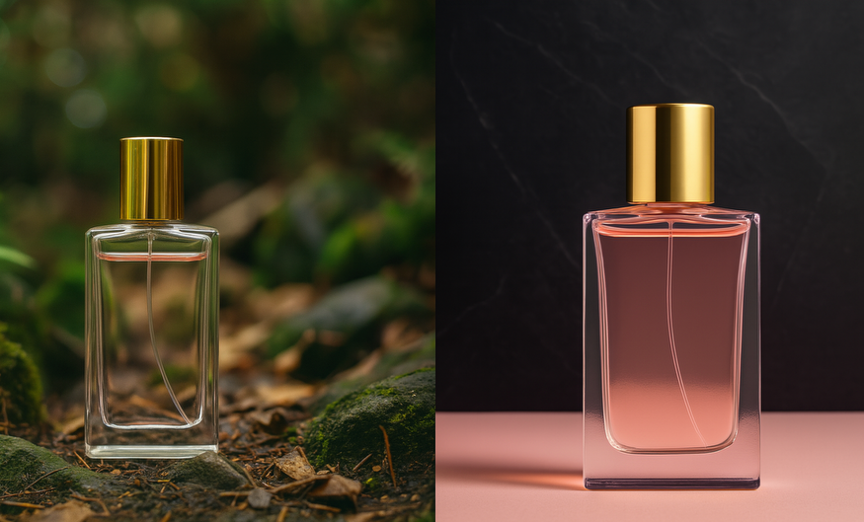
CTR improved from 1.2% to 3.7%, with double the dwell time
Tip: Complexity doesn’t sell—clarity, emotional tone, and strong focus do.
Understanding CTR Through Psychology and Data
Why do users feel compelled to click? It’s a cognitive reaction that occurs within 500ms. Eye-tracking and neuroscience research shows: - The brain notices motion, edges, and contrast first - It checks for familiarity and relevance - Emotional or goal-driven cues significantly raise click chances
Factors That Trigger Clicks:
Factor | Role | Optimization Tip |
Emotion | Triggers positive feelings | Use warm colors, smiles, relatable success cues |
Focus | Tells users where to look | Calibrate focal zones with heatmaps |
Context | Builds user empathy | Add relevant scenes: office, outdoor, lifestyle |
Deep Dive: Color, Background, and Pose
High CTR images depend on careful design choices. Here are the 3 most impactful elements, supported by Pic Copilot data:
Color: Bridge from Attention to Emotion
- High-saturation combos (orange+blue, red+black) increase CTR by 26–43%
- Cool tones for tech = modern, Warm tones = friendly/trustworthy
- Too many competing colors lower focus and CTR
Use Cases:
- Skincare: soft beige/pink backgrounds + high-saturation bottles
- Tech: grayscale, dark blue, black & white contrast for “premium feel”
- Toys: bright clashing colors boost engagement
Pic Copilot’s Color Moduleidentifies dominant tones and offers suggestions based on real CTR data.
Background: Simplicity Over Chaos
Backgrounds tell stories and guide attention.
Pic Copilot heatmaps show:
- White/light grey = highest click concentration (62% avg.)
- Blurred natural scenes work only at low contrast
- Indoor clutter introduces “visual noise” and kills performance
Top Background Styles:
- Minimalist: white/grey for all platforms (esp. Amazon)
- Lifestyle scenes: garden, windows, desks for emotional warmth
- Branded layers: overlays with logos or brand colors for hero banners
Pic Copilot’s Background Lablets you test 10 scenarios and ranks them by simulated CTR.
Model Poses: Directing the Eye and Building Trust
Model expression and body language matter.
Key poses:
- Looking at the product = +35% gaze alignment
- Pointing or holding = visual guide
- Interaction (using product) = higher relatability
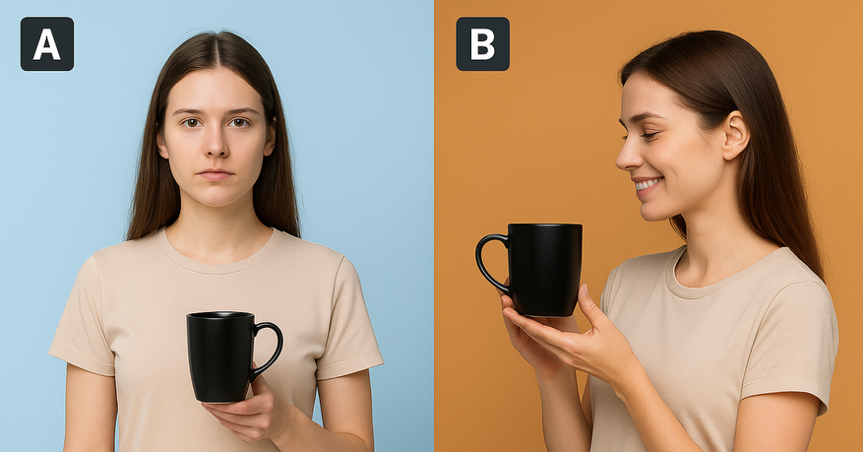
Case: - A: Neutral front-facing model → CTR 1.1%
- B: Smiling, side glance to product + centered layout → CTR 3.2%
Use Pic Copilot’s Pose Guideto test eye direction and suggest alternatives.
4. Real A/B Testing: What Really Works
Even the best design theories need proof. A/B testing compares two image versions with matched audience and budget to measure:
- CTR (Click Through Rate)
- CVR (Conversion Rate)
- Dwell time
- Bounce rate
Criteria for Reliable A/B Testing:
- Test one variable at a time (e.g., background, color, pose)
- Use similar audience demographics and ad platforms
- Balance exposure and budget
- Run for 2–3 days minimum for stable results
Case 1: Background Swap – Electric Razor
Version | Background | CTR | Time | Save Rate |
A | Wooden table + foam | 1.2% | 5.6s | 2.3% |
B | Grey gradient + glossy highlight | 2.8% | 7.9s | 4.7% |
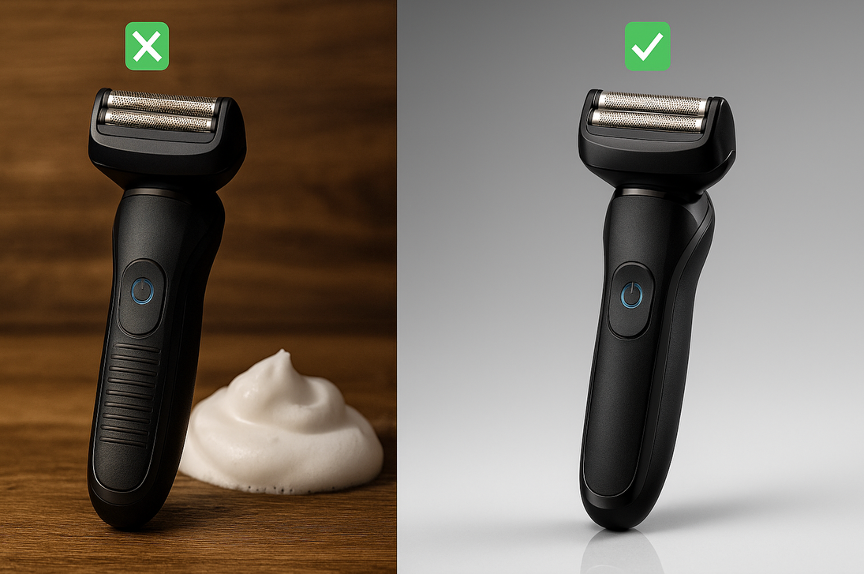
Case 2: Pose Shift – Outdoor Coffee Mug
Version | Pose | CTR | Bounce Rate |
A | Facing camera, smiling | 1.4% | 52% |
B | Side look at mug + pointing | 2.9% | 37% |
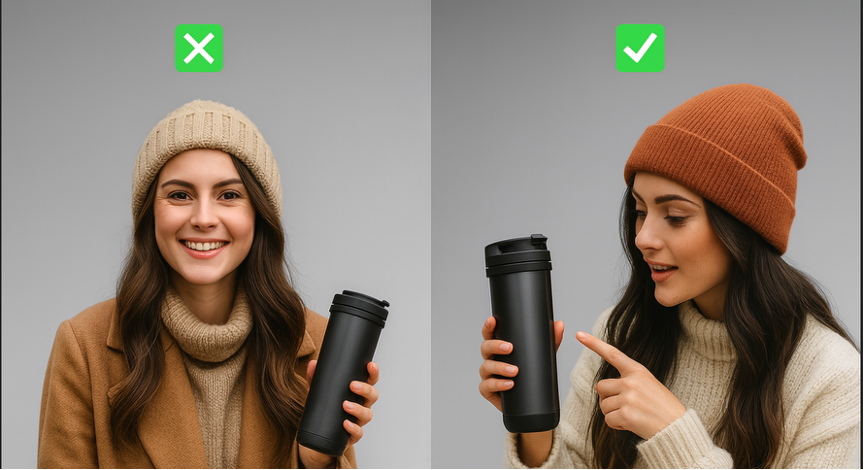
Case 3: Color Change – Pet Treats
Version | Color | CTR | Comment Rate |
A | Blue + white | 2.2% | 7.3% |
B | Orange-yellow, more saturated | 3.6% | 12.1% |
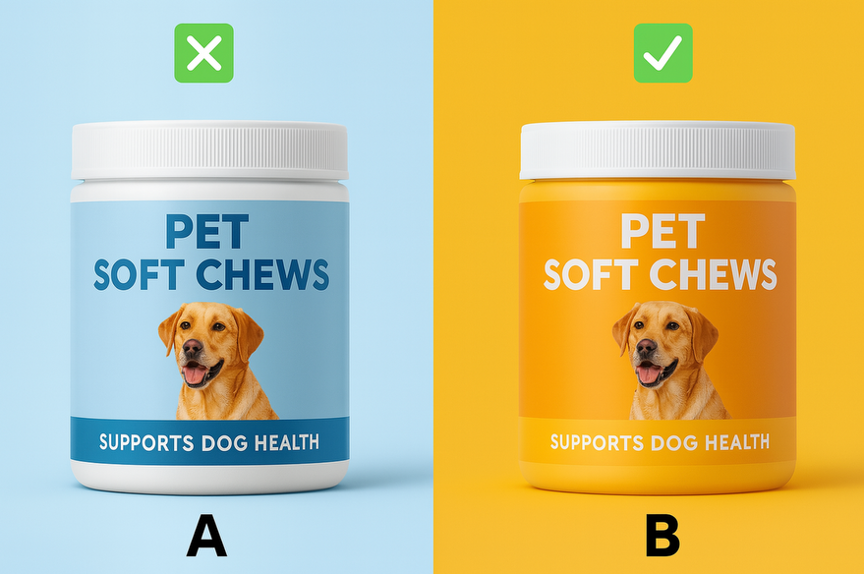
Use Pic Copilot’s Smart A/B moduleto upload 2 images, select your platform, and get instant predictions, heatmaps, and layout analysis.
5. Build a Reusable Visual Optimization Loop
The goal isn’t just to make a good image once—it’s to build a repeatable visual system. CTR gains are only the start. Sustainable success comes from iteration.
Recommended 5-Step Workflow:
- Generate initial drafts using AI tools like Midjourney or DALL·E
- Analyze with Pic Copilot:
- Pose Guide for angle and gaze
- Background Lab for scene testing
- Heatmap for focus zones
- Run Smart A/B Testing:
- Compare original vs. optimized version
- Platforms: TikTok, Amazon, Shopify, Meta
- Receive CTR Reports + Visual Suggestions
- System highlights issues (e.g., lack of spacing, low contrast)
- Apply + Expand + Archive
- Save any image with CTR > 3%
- Use across ads, thumbnails, landing pages
- Reuse templates for similar products
Optimization Toolkit:
Phase | Tool | Focus |
Generation | Midjourney + PR | Clear composition, highlight USP |
Analysis | Pic Copilot Heatmap | Focus zones and distraction spots |
Pose | Pose Guide | Avoid awkward gaze and misalignment |
Background | Background Lab | Scene vs. solid background test |
Testing | Smart A/B Module | Ensure equal exposure, matched audience |
Final Thoughts
Great images aren’t just beautiful—they’re provable. In this new AI-powered visual era, your most valuable asset is not just the tools—it’s your ability to adapt and optimize.
Use Pic Copilot as your testing core. Let every image be a conversion experiment. Let one click start your traffic revolution.
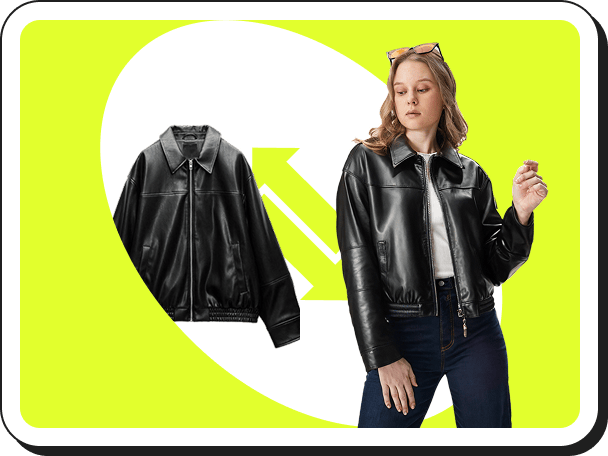 Virtual Try On
Virtual Try On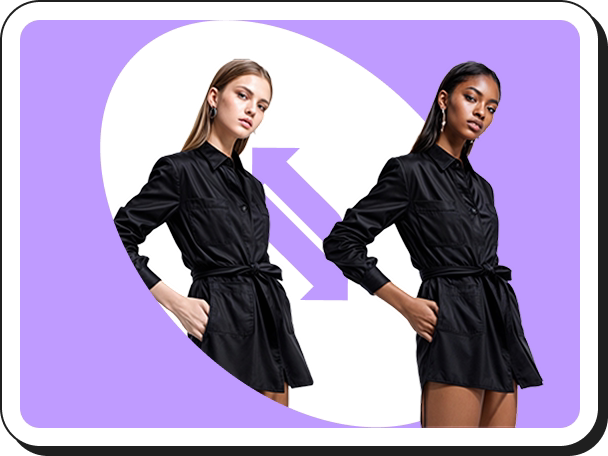 AI Model Swap
AI Model Swap Fashion Reels
Fashion Reels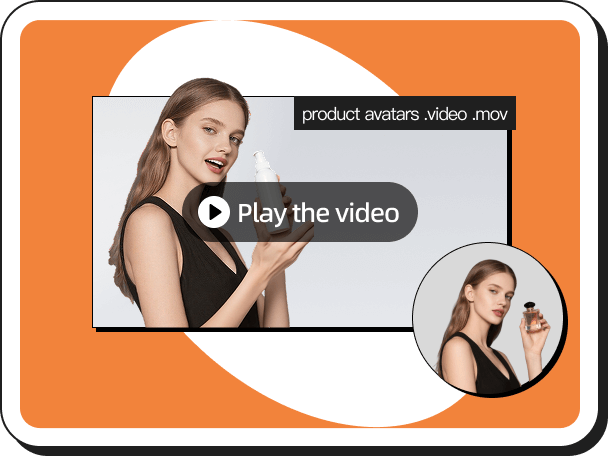 Product Avatars
Product Avatars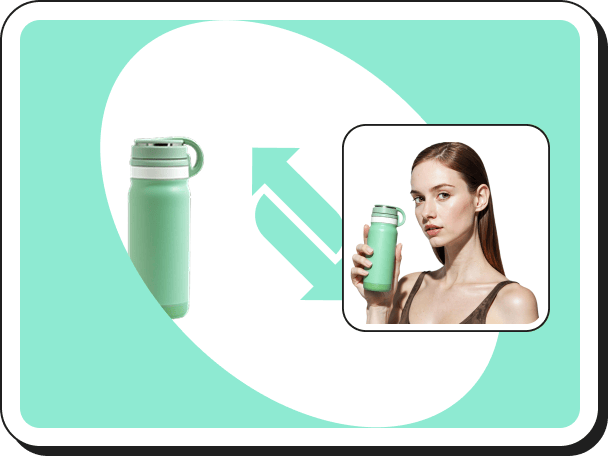 Product AnyShoot
Product AnyShoot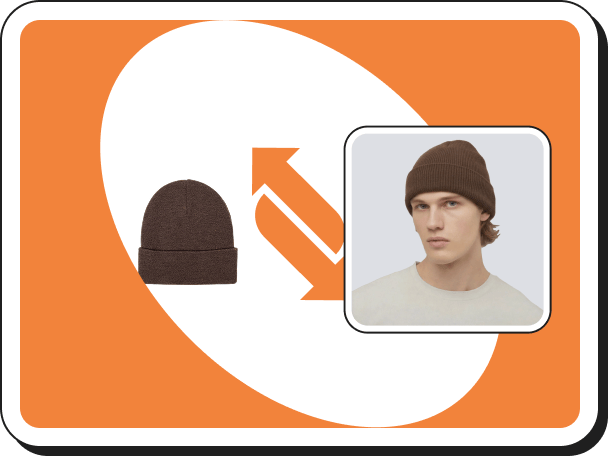 Virtual Try On Accessories
Virtual Try On Accessories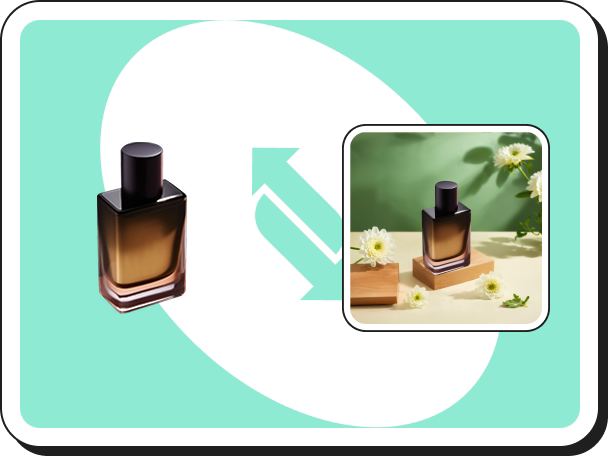 AI Backgrounds
AI Backgrounds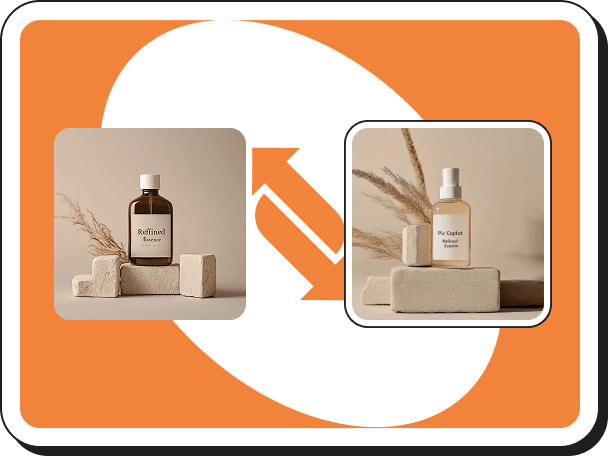 Style Clone
Style Clone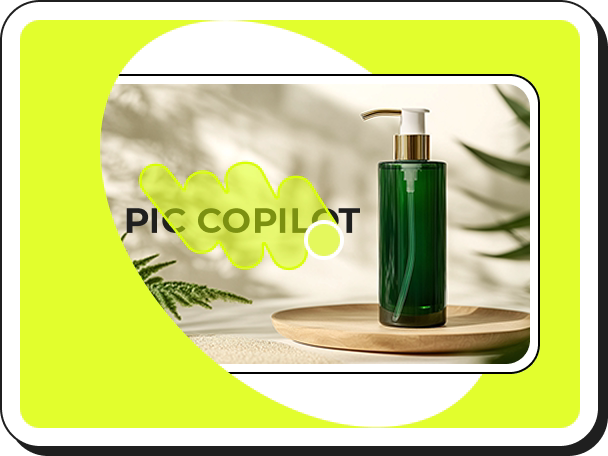 Remove Watermark
Remove Watermark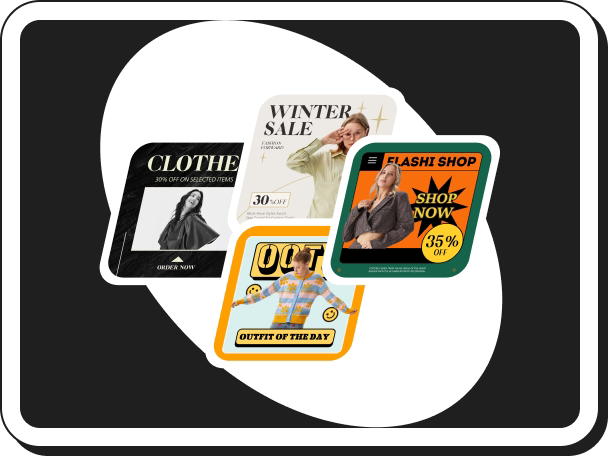 AI Templates
AI Templates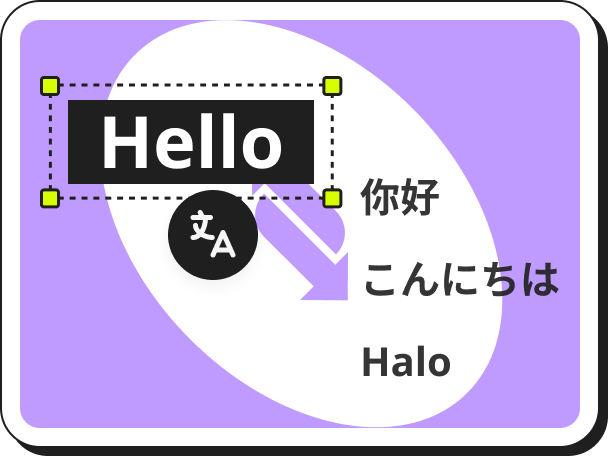 Image Translator
Image Translator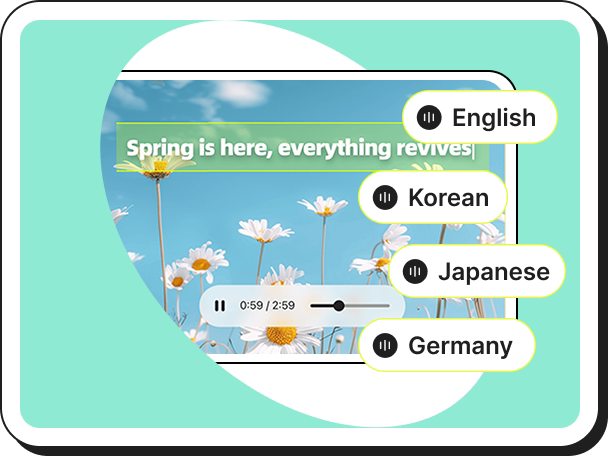 AI Dubbing
AI Dubbing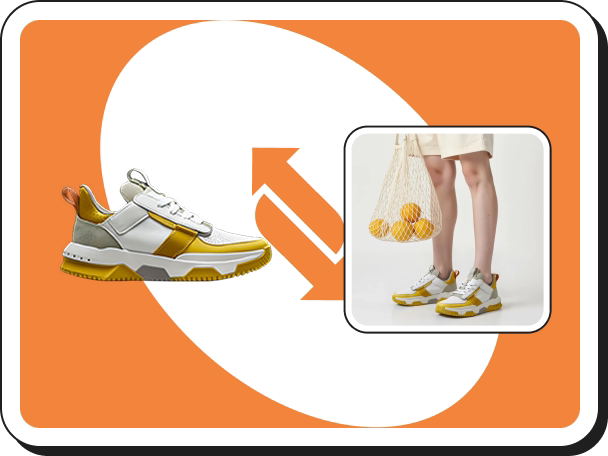 Virtual Try On Shoes
Virtual Try On Shoes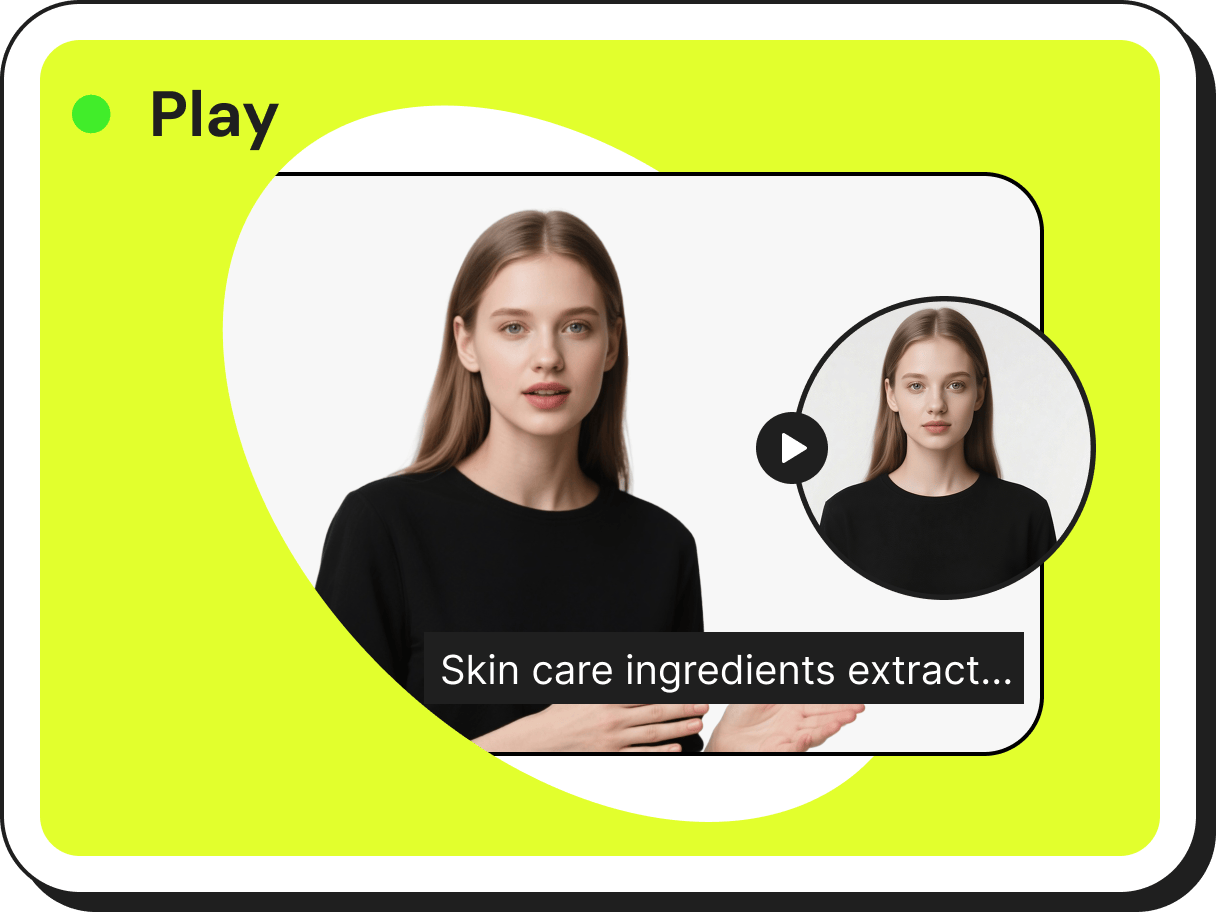 AI Avatars
AI Avatars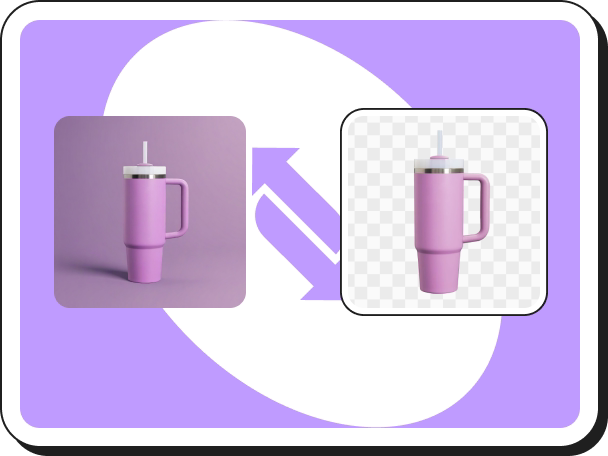 Background Remover
Background Remover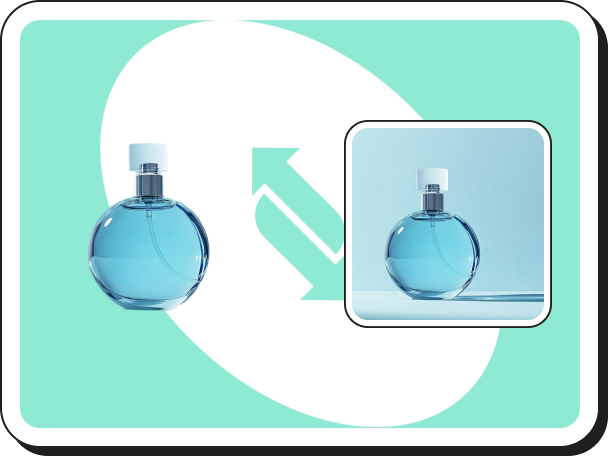 AI Shadows
AI Shadows Image Upscaler
Image Upscaler Image Enhancer
Image Enhancer